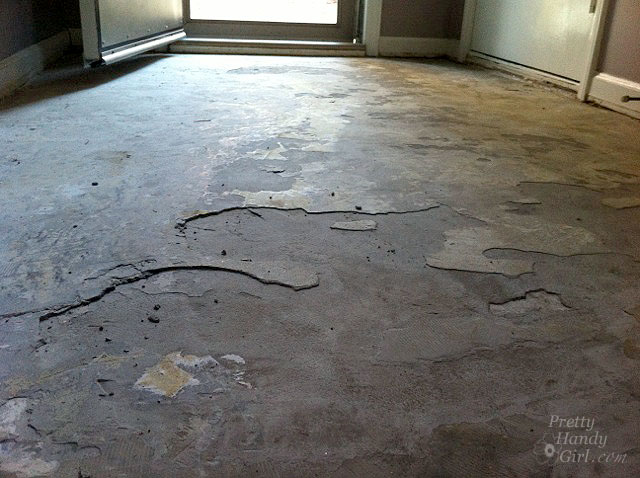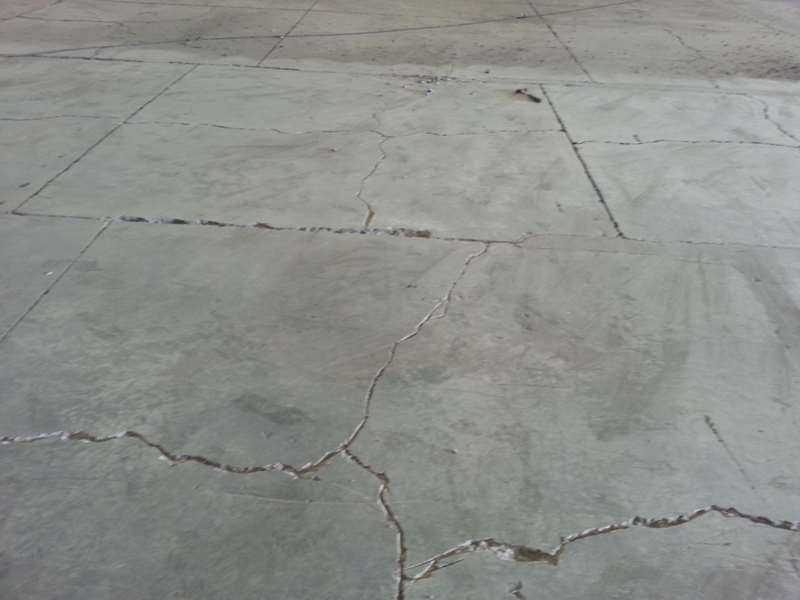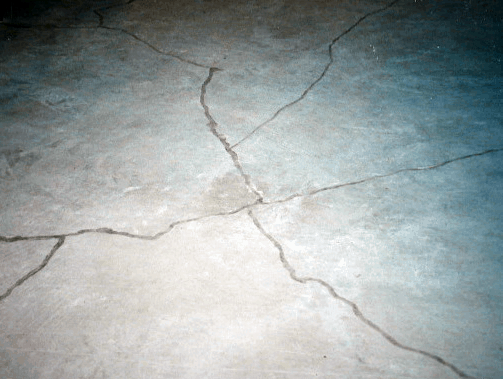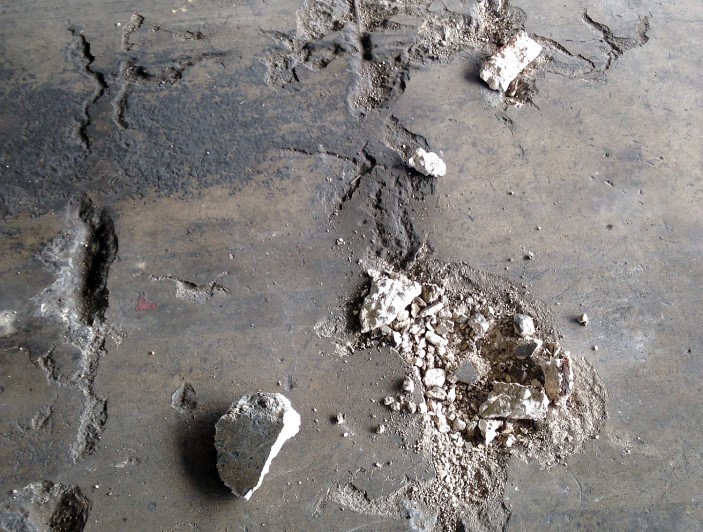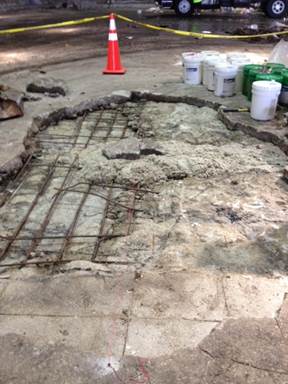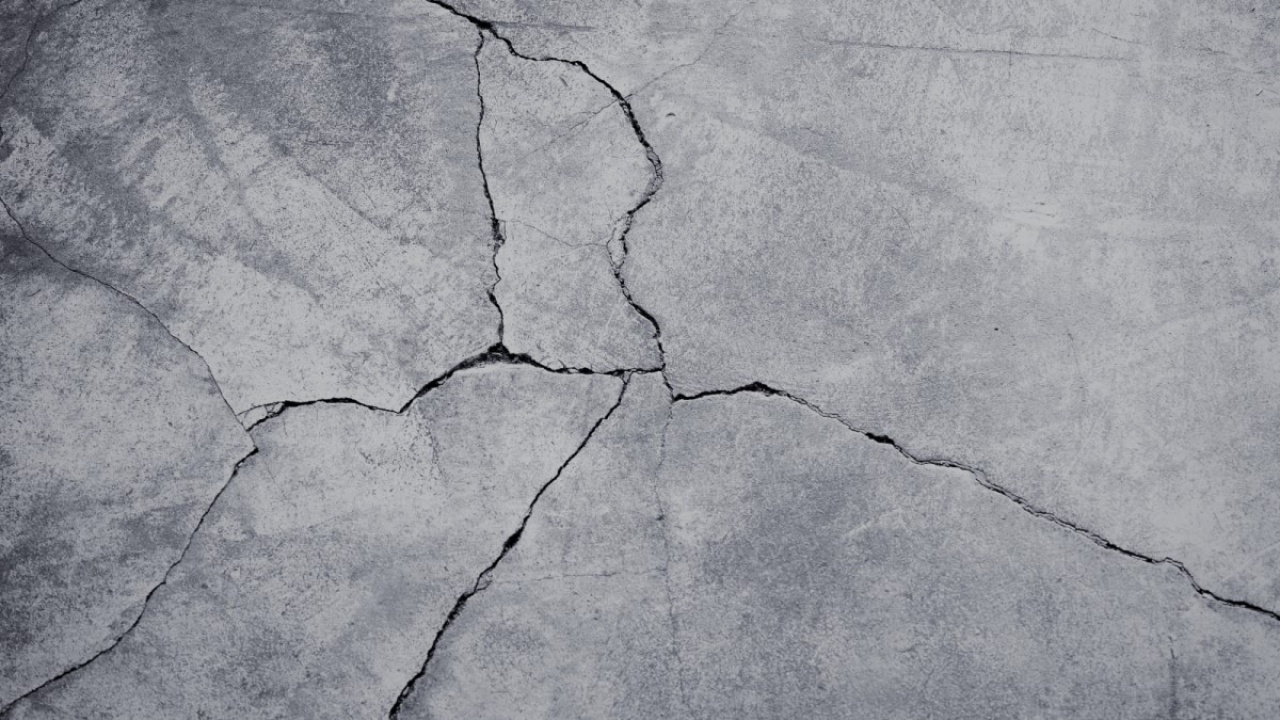Identifying, Repairing, and Preventing Issues
Concrete floors are known for their durability and long-lasting performance, but even the toughest materials can experience damage over time. Understanding the common types of concrete floor damage, how to repair them, and ways to prevent future issues is essential for maintaining your concrete surfaces. Let’s discuss the different types of concrete floor damage, step-by-step repair methods, and preventive measures to ensure your concrete floors remain in top condition.
Types of Concrete Floor Damage
-
Cracks: Cracks can occur due to settling, temperature changes, or heavy loads. They can be minor hairline cracks or more significant structural issues.
-
Spalling: Spalling is the flaking or chipping of the concrete surface, often caused by freeze-thaw cycles, moisture, or poor installation.
-
Staining: Stains from oil, chemicals, or rust can penetrate the concrete, causing discoloration and unsightly marks.
-
Scaling: Scaling occurs when the surface layer of concrete peels or scales away, often due to freeze-thaw damage or the use of de-icing chemicals.
-
Pitting: Pitting is characterized by small, deep holes or depressions on the concrete surface, usually caused by wear and tear or chemical exposure.
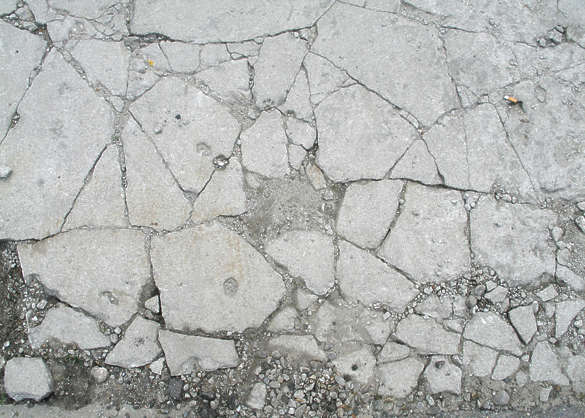
Repairing Concrete Floor Damage
Repairing concrete floor damage requires the right tools and techniques to ensure a lasting fix. Here’s a step-by-step guide for common repair methods:
1. Crack Repair
-
Clean the Crack: Use a wire brush or vacuum to remove any debris, dirt, or loose material from the crack.
-
Apply Concrete Patch: Fill the crack with a concrete patching compound or epoxy filler. Use a putty knife to smooth the surface and remove excess material.
-
Allow to Cure: Let the patching compound cure according to the manufacturer’s instructions before using the area.
2. Spalling Repair
-
Remove Loose Material: Use a chisel and hammer to remove any loose or flaking concrete from the damaged area.
-
Clean the Surface: Thoroughly clean the area with a wire brush or pressure washer to remove dirt and debris.
-
Apply Repair Mortar: Mix and apply a concrete repair mortar to the spalled area, following the manufacturer’s instructions. Use a trowel to smooth the surface and ensure a level finish.
-
Allow to Cure: Let the repair mortar cure for the recommended time before applying any finishes or using the surface.
3. Stain Removal
-
Identify the Stain: Determine the type of stain (oil, rust, etc.) to choose the appropriate cleaning method.
-
Apply Cleaning Solution: Use a suitable cleaning solution, such as a degreaser for oil stains or a rust remover for rust stains. Apply the solution and scrub the area with a stiff brush.
-
Rinse and Repeat: Rinse the area with water and repeat the process if necessary until the stain is removed.
4. Scaling Repair
-
Remove Loose Material: Use a chisel and hammer to remove any loose or scaling concrete from the surface.
-
Clean the Area: Clean the area thoroughly with a wire brush or pressure washer.
-
Apply Repair Mortar: Apply a concrete resurfacer or repair mortar to the scaled area, following the manufacturer’s instructions. Smooth the surface with a trowel and ensure an even finish.
-
Allow to Cure: Let the resurfacer or mortar cure for the recommended time before using the surface.
ENECON – Cracked Concrete Floor Repair – Repair u0026 Maintenance Polymers
Understanding the Damage to Your Concrete and How to Repair It
Should You Re-coat or Resurface Your Industrial Concrete Floor
Concrete Floor Repair – Repair u0026 Maintenance Polymers
Will Bumper Plates Damage a Concrete Garage Floor? Two Rep Cave
Related Posts:
- Acid Wash Concrete Floor Colors
- Concrete Floor Thickness For A Garage
- Concrete Floor For Bathroom
- Interior Concrete Floor Ideas
- Kitchen Stained Concrete Floors
- Concrete Floor Tile Thickness
- How To Stain Concrete Floors DIY
- DIY Concrete Floor Grinding
- Concrete Floor Damage
- Faux Stained Concrete Floors
Introduction
Concrete floors are one of the most popular flooring options for both residential and commercial buildings. While concrete is a strong, durable material, it is still susceptible to damage from wear and tear, weathering, and other environmental factors. In this article, we will discuss the various types of damages that can affect concrete floors, as well as provide tips on how to prevent and repair them.
Types of Concrete Floor Damage
Concrete floors can suffer from a variety of different types of damage, ranging from mild discoloration to more severe cracking and crumbling. The following sections will discuss the various types of damage that can occur on concrete floors.
Discoloration
One of the most common types of damage to concrete floors is discoloration. Discoloration can be caused by a variety of different factors, including sun exposure, water damage, and even the use of harsh cleaning products. Discoloration can range from mild yellowing to more severe staining or fading. In most cases, discoloration can be treated with a good cleaning regimen or with specialized cleaners or sealers.
Cracking and Crazing
Cracking and crazing are two other common forms of damage that can occur on concrete floors. Cracks typically occur when the floor is subjected to extreme temperatures or when heavy objects are dropped on it. Crazing is caused by improper curing or drying of the concrete after installation. In some cases, cracks and crazing can be repaired with a good sealer or patching material.
Pitting and Spalling
Pitting and spalling are two other forms of damage that can affect concrete floors. Pitting refers to small holes or indentations that form in the surface of the concrete due to water seeping in and eroding away the material. Spalling is caused by freeze/thaw cycles that cause the surface layer of the concrete to flake off due to the expansion and contraction of the material. In some cases, pitting and spalling can be repaired with a good patching material or sealer.
Efflorescence
Efflorescence is another type of damage that can occur on concrete floors. It is caused by water seeping in through the surface of the concrete and evaporating, leaving behind a white powdery substance. Efflorescence can be removed with a good cleaning regimen or with specialized cleaners or sealers.
Frequently Asked Questions (FAQs) About Concrete Floor Damage
Q: How do I prevent concrete floor damage?
A: One of the best ways to prevent concrete floor damage is to make sure that it is properly sealed before installation. Sealing will help protect against moisture penetration, which can lead to discoloration, cracking, and other forms of damage. Additionally, it is important to avoid using harsh cleaning products on your concrete floors as these can lead to discoloration over time. Finally, regular maintenance such as sweeping and mopping will help keep your floors looking their best for years to come.
Q: How do I repair damaged concrete floors?
A: Depending on the type of damage, there are a variety of methods for repairing damaged concrete floors. For example, discoloration can often be treated with a good cleaning regimen or with specialized cleaners or sealers. Cracks and crazing can sometimes be repaired with a good sealer or patching material. Pitting and spalling may require more extensive repairs such as resurfacing or replacing sections of the floor. Lastly, efflorescence can usually be removed with a good cleaning regimen or specialized cleaners or sealers.
Q: How much does it cost to repair damaged concrete floors?
A: The cost to repair damaged concrete floors will vary depending on the type and extent of damage as well as the size of the area being repaired. Minor discoloration may only require a few hundred dollars in materials while more extensive repairs such as resurfacing may cost several thousand dollars depending on the size of the area being repaired. It is always best to speak with a professional contractor for an accurate estimate before beginning any project.

